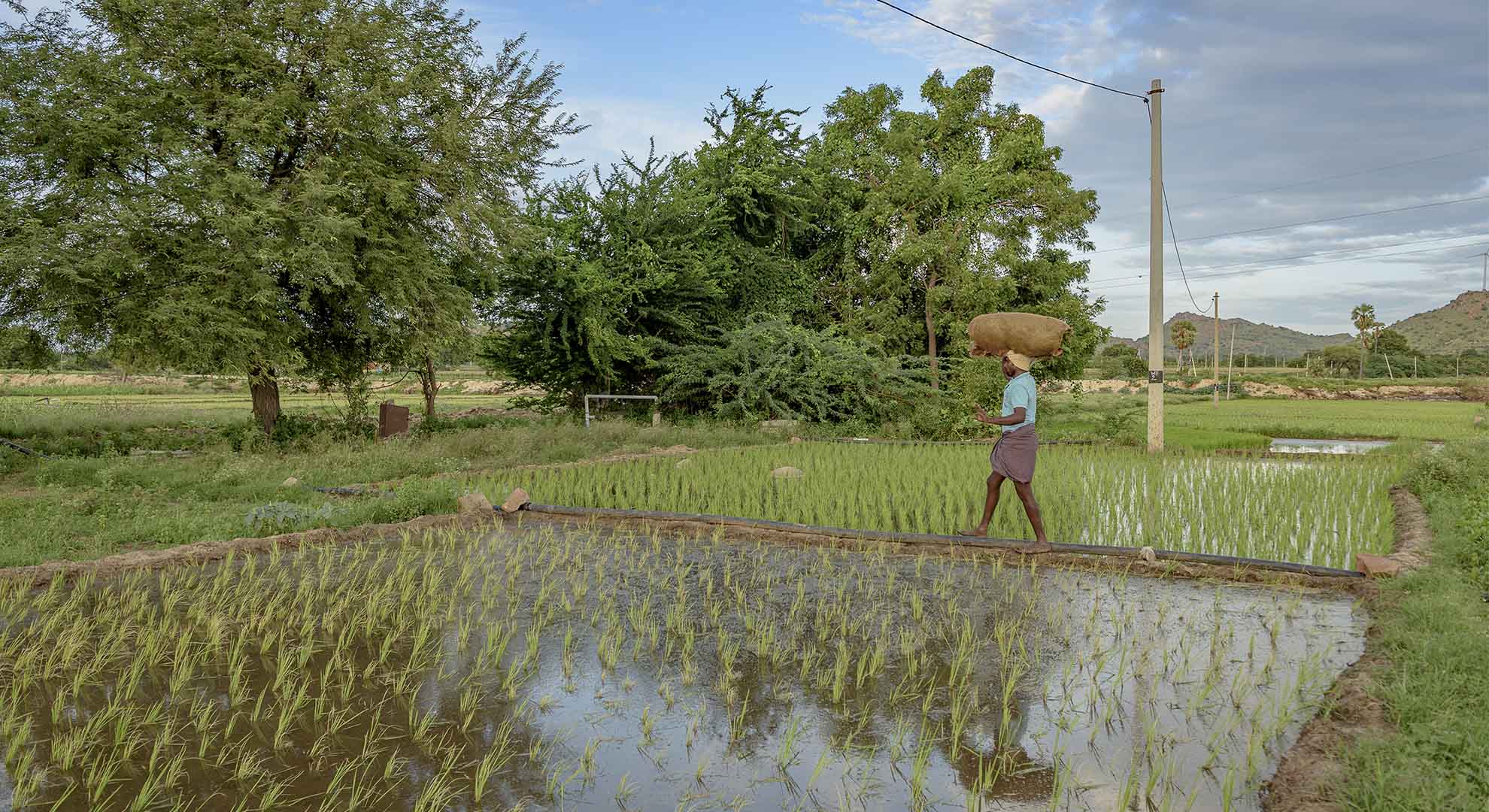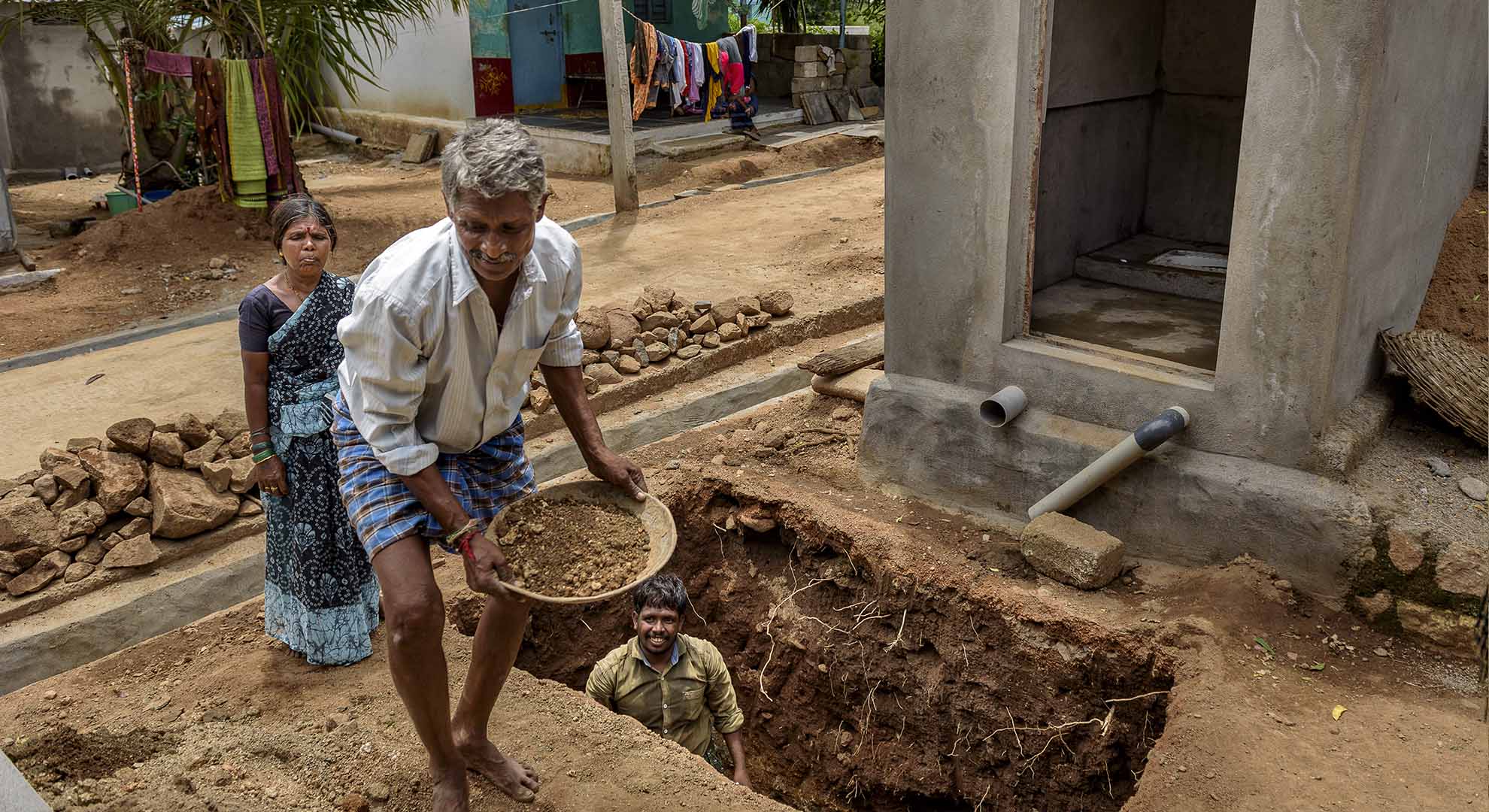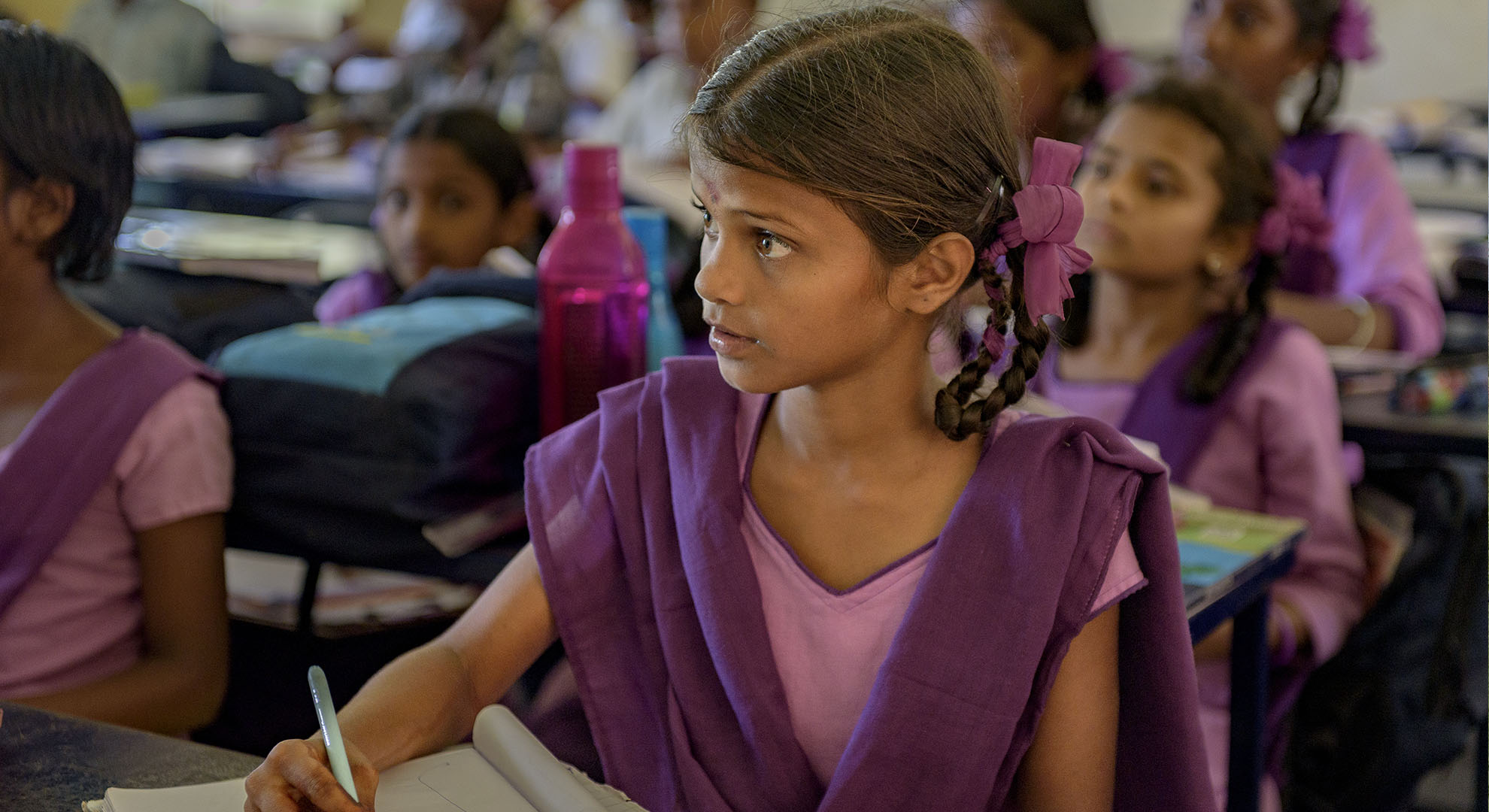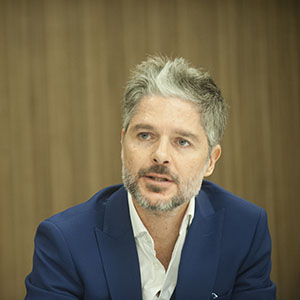The Act of Taking Care
.
The concept of “taking care” is broad. We take care of people and we also take care of the Earth, animals, plants, and rivers. But do we give them the attention they deserve? Taking care of ourselves and our environment is essential in order to lead a life with dignity. Only if we have water will we be able to do so.
On our last trip to India, visiting some of the projects we have jointly developed with the Vicente Ferrer Foundation, this reflection was felt in a special way.
When we collaborated in the construction of two small reservoirs in Settipalli and D.K.Thanda, we were taking care of the farmers and their land, the essence of their lives. The simple act of collecting and retaining water has allowed us to regenerate the aquifers and return water to their dry wells. Thanks to both projects, farmers no longer depend on whimsical monsoons. Now they don’t look up to the sky as much as they did before, wondering if it would rain and, if it did rain torrentially, how much damage they would suffer.

A farmer in Rekulakunta, India. Photo © Carlos Garriga
The green mantle of the gentle slopes surrounding the water body of the reservoirs is their guarantee to take care of their future: it allows them to fight against desertification and mitigate floods since the violent runoff of monsoon storms is contained and does not wash away fertile soil. Having water during the dry season has brought fruit trees and vegetables where there were only groundnuts and barren land. It has provided them with a safe watering place for their livestock and allowed them to develop aquaculture to obtain another source of income and improve their diet.
With water, they have taken care and ownership of their lives. Now they have tools to fight poverty and take care of a community in which their children can make plans for the future. They have an infrastructure that belongs to them and are responsible for its sustainability. The menace of migration to the big city due to the lack of resources has disappeared. More than 500 families are happy and grateful, and the hidden life of water is now part of their lives.
Our trip also took us through one of the most impoverished rural areas of Andhra Pradesh: the P. Dornala area, where in the remote forests of Nallamala, the native Chenchu tribe suffers the consequences of long-term neglect and virtually nonexistent literacy. In the four villages where we have intervened, taking care of women has meant providing them with access to water.

Villagers in Thimmapuram, India digging their latrine pit. Photo © Carlos Garriga
If water is accessible, they can remain in their villages, cook better, take care of their children, keep them healthy, and work for the community. They no longer have to walk several miles to fill a jerry can and they don’t have to defecate in the open. They can take care of their personal hygiene and thus improve their own and their family’s health.
We have also taken care of the education and health of children in the village schools. Water, again, has allowed us to do so. Schools have safe latrines and hygiene facilities; students can continue their studies, the scourge of school dropouts has disappeared, and every year the literacy rate is improving.

A student of the Kothapalli government school, India. Photo © Carlos Garriga
What we have experienced in this short trip to India is replicated in every project we implement worldwide: water is part of people’s healthcare. It can be found in their dignity, their empowerment, and water is necessary for their fight against poverty. Access to water transforms neglected areas, regenerates village community life, and brings justice to women. Without clean water, schoolteachers cannot take care of the dignity of the teenage students who menstruate, nor can centers for migrants and displaced people take care of those fleeing war and poverty.
There is no care of any kind without access to water. It is the element that connects all the dots in the line of life. And only through water will we achieve a future in places where there is not even a present. This is our main challenge. We will continue taking care.
Main image: Pedda Vagu Vanka reservoir, India. Photo © Carlos Garriga
